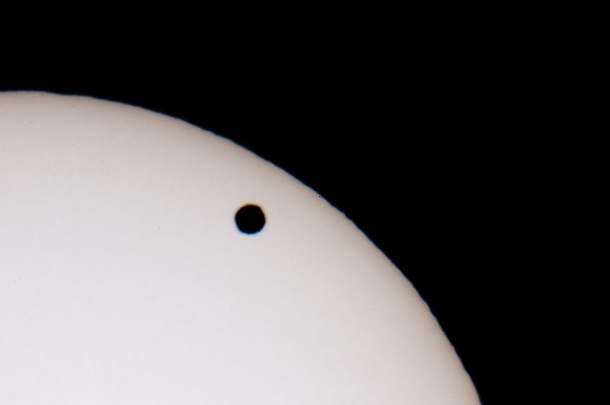Humanity is again interested in Venus
–
–
The US space agency has announced that it is sending two new missions to Venus to study the planet’s atmosphere and geological features.
Venus is the second most distant planet from the Sun and the closest neighbor of the Earth. It is the hottest planet in the solar system and the third brightest object in the Earth’s sky, after the Sun and the Moon, which has always attracted researchers. Of all the planets in the solar system, Venus is the closest to Earth in size: its mass is about 80% of the earth’s.
The planet was studied especially intensively by Soviet and American spacecraft in the 1960s – 1980s, and now the United States wants to return to these projects.
NASA has announced that it is sending two new missions to Venus to study the atmosphere and geological features of the planet. Each of the projects will receive $ 500 million and are expected to start between 2028 and 2030.
How it used to be
The last time an American probe reached Venus was in 1990, when the Magellan spacecraft orbited the planet for four years and collected data on its surface. After that, spacecraft from Europe and Japan were also sent to Venus.
In 1970, the Soviet spacecraft Venera-7 made the first ever landing on the surface of Venus and transmitted data about the planet to Earth.
Conditions on the surface of Venus are such that none of the spacecraft has worked on the planet for more than two hours.
 –
–
EPA
–
New missions
“The goal of both sister missions is to understand how Venus turned into a hell-like planet where lead can melt on the surface,” NASA chief Bill Nelson says of the Americans’ plans for Venus.
The surface temperature of Venus is 500 degrees Celsius (lead melts at 327.5 ° C).
The first mission, called Davinci +, will study the planet’s atmosphere to understand how it formed and developed. She will also have to find out if Venus ever had an ocean.
Davinci + is expected to send the first high-resolution photographs of the planet’s relief to Earth. Scientists believe that these elements are comparable to the continents on Earth, which suggests the presence of tectonic plates on Venus.
The second mission, Veritas, will map the planet’s surface to explore the geological history of Venus and understand why its evolution was so different from that of Earth. She will compile a list of Venusian heights and find out if there is volcanic activity or earthquakes on the planet.
“It’s amazing how little we know about Venus, but the cumulative results of these missions will show us the entire planet: from clouds in the sky and volcanoes on the surface to its very center,” says Tom Wagner of NASA’s planetary science division. “It’s almost like rediscovering the planet.” …
Fighting Mars
Since the 1990s, interest in the exploration of Venus has faded somewhat, especially when compared to Mars. Over the past 30 years, only 3 spacecraft have operated on Venus, and 15 on Mars.
Scientists studying Venus have long been accustomed to the fact that their planet is not given priority. But now everything is changing. Many considered Venus to be a “dead” planet, but now there are versions that it may be geologically active, and volcanic activity probably periodically occurs there.
– .


